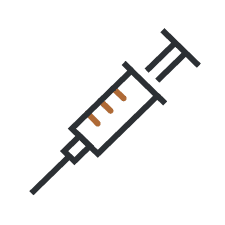Cocaine use comes with serious risks. In 2017 alone, nearly 14,000 Americans lost their lives to cocaine overdoses. But overdoses aren’t the only danger. Cocaine can also lead to heart disease, heart failure, and even blood clots—conditions that can drastically shorten your life.
If you or someone you love is battling cocaine addiction, our team at Arizona IOP is here to help. We offer personalized, outpatient treatment plans designed to support lasting recovery and a healthier future.




